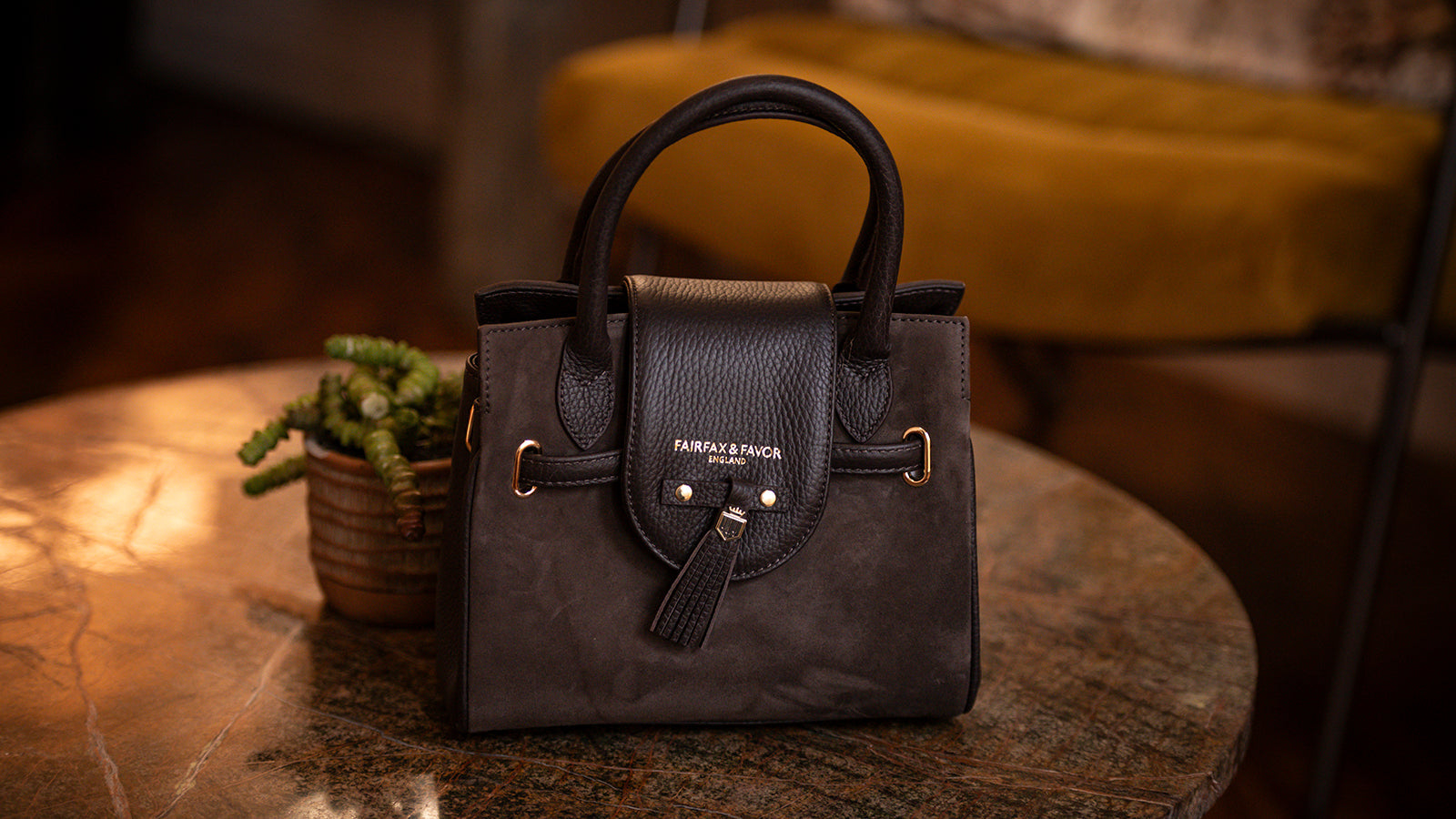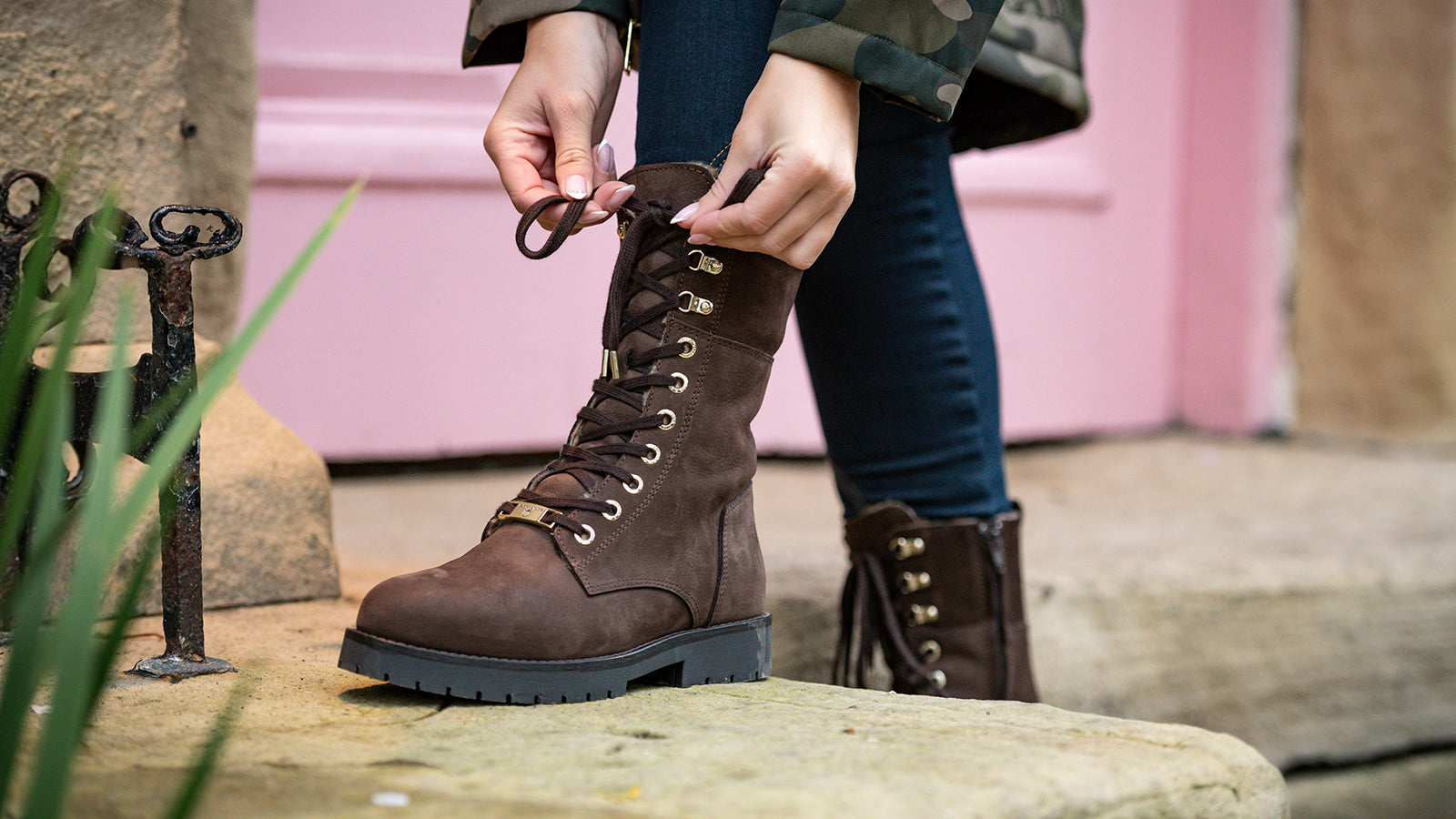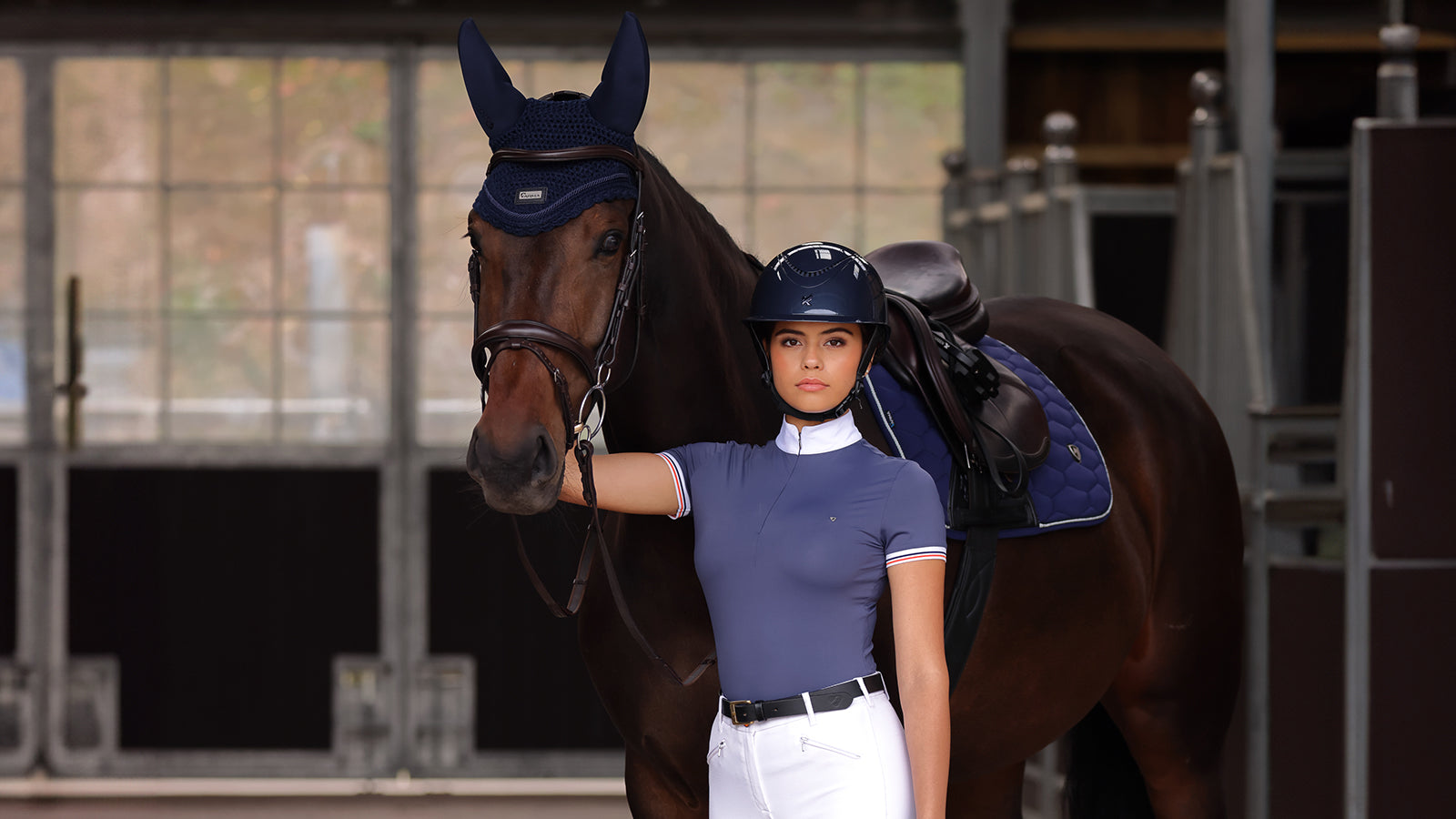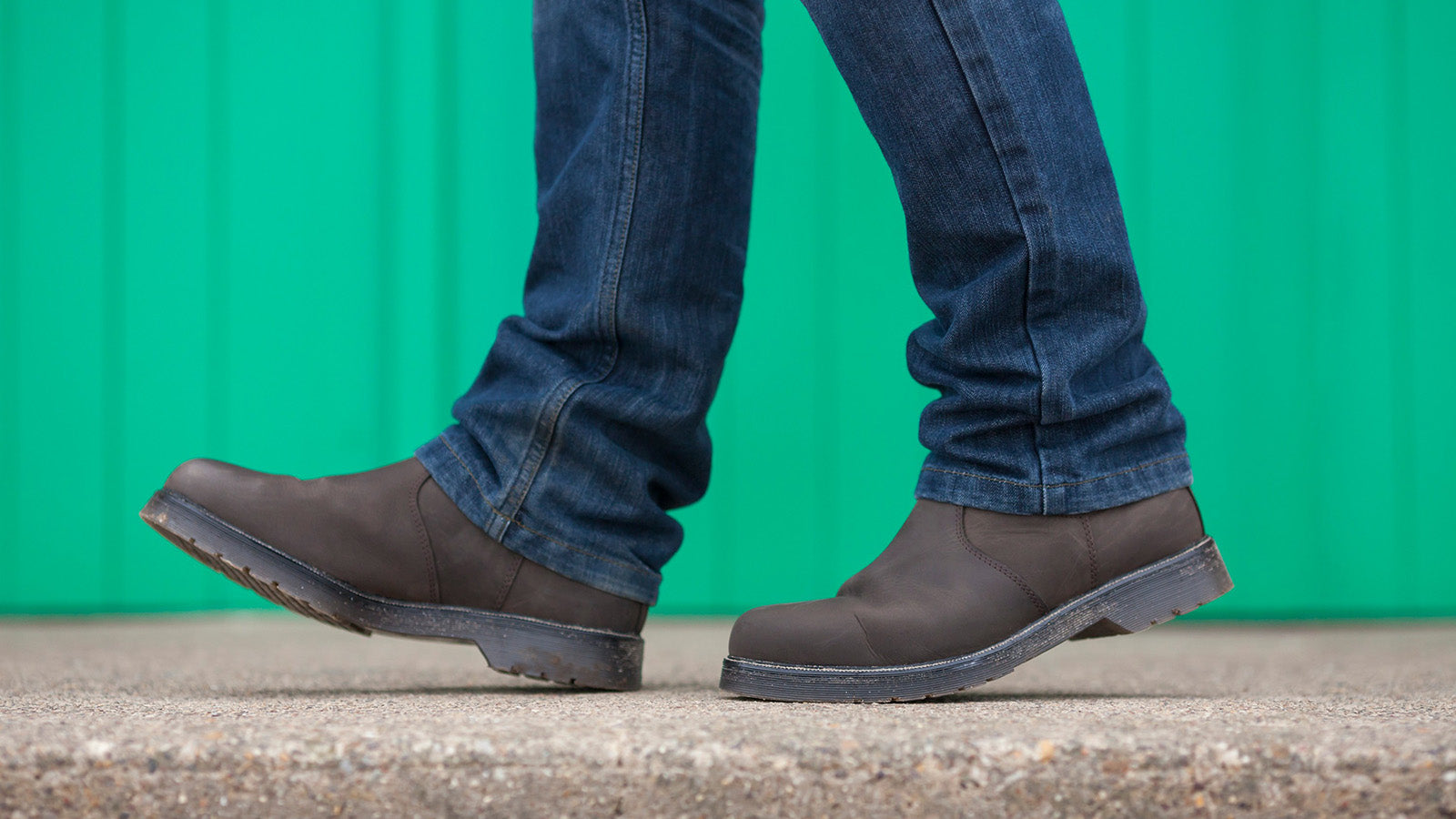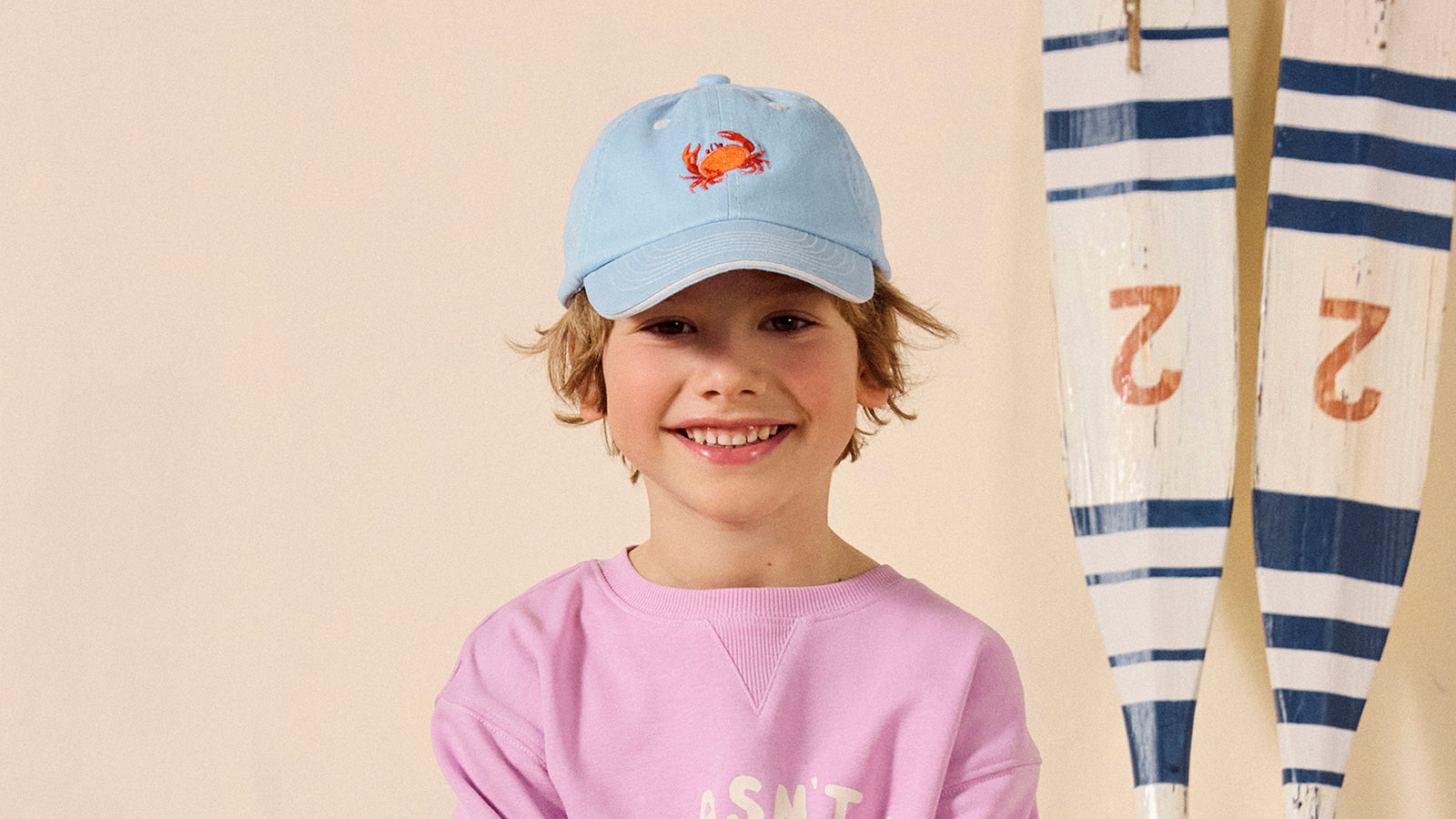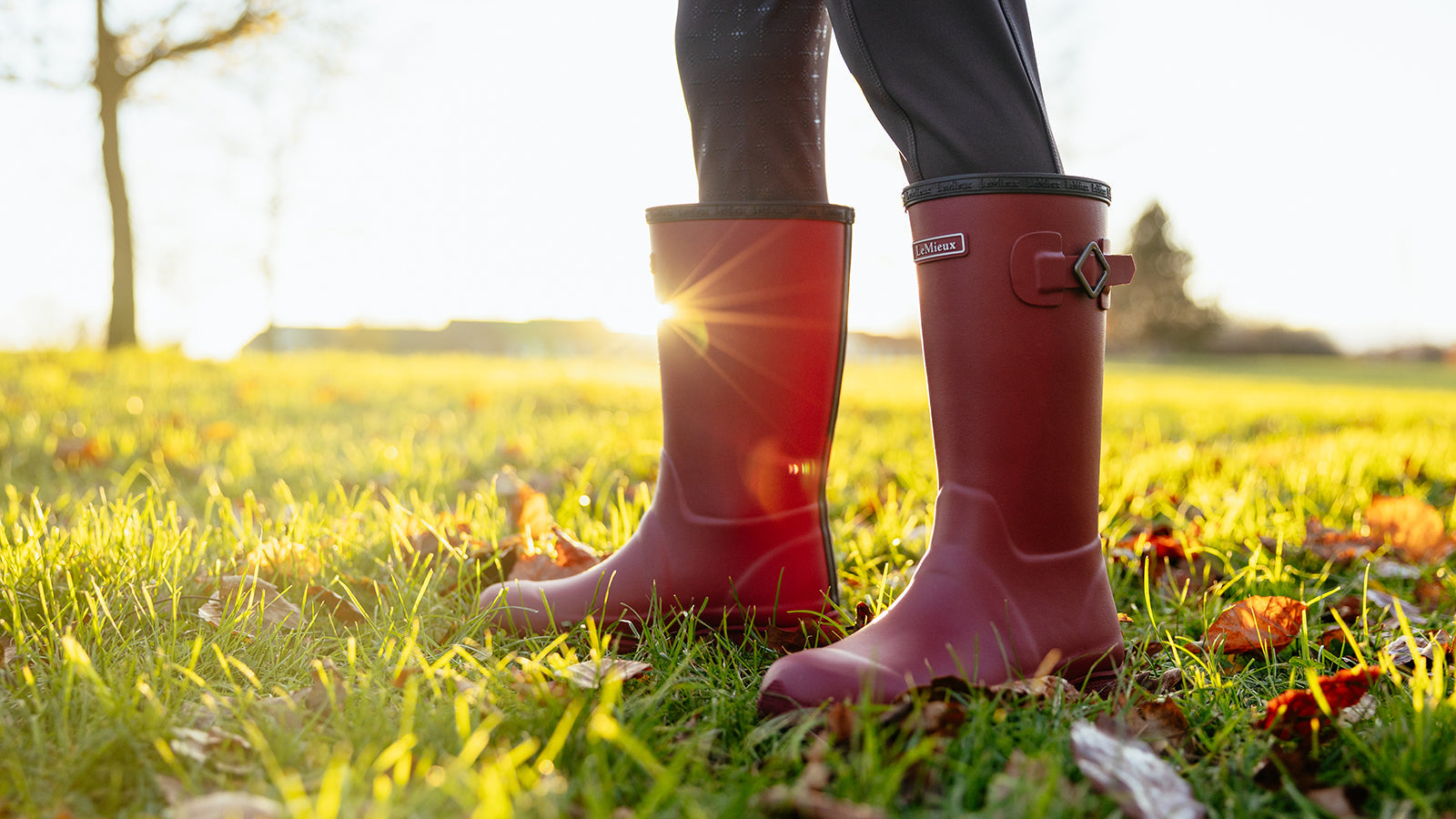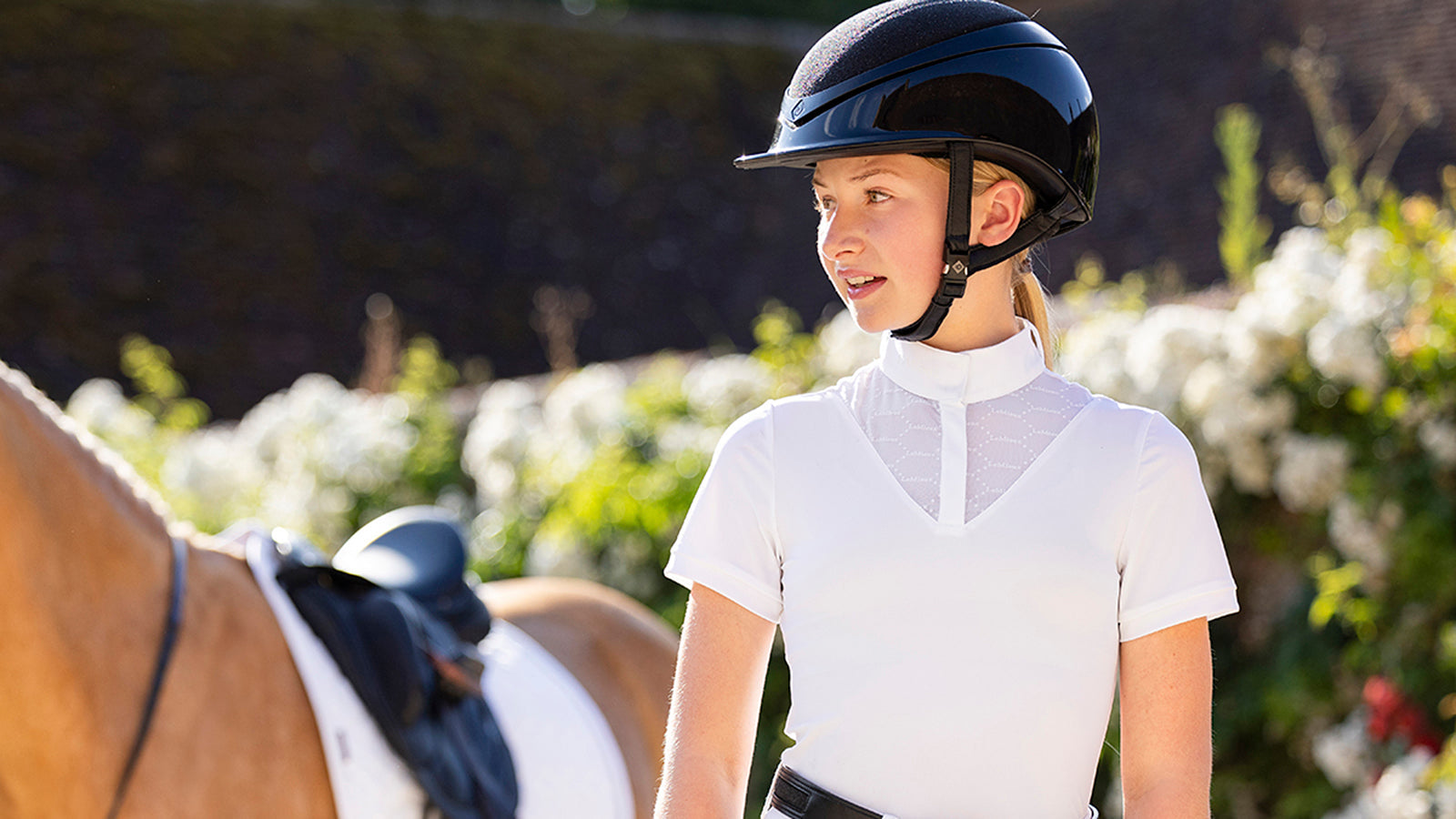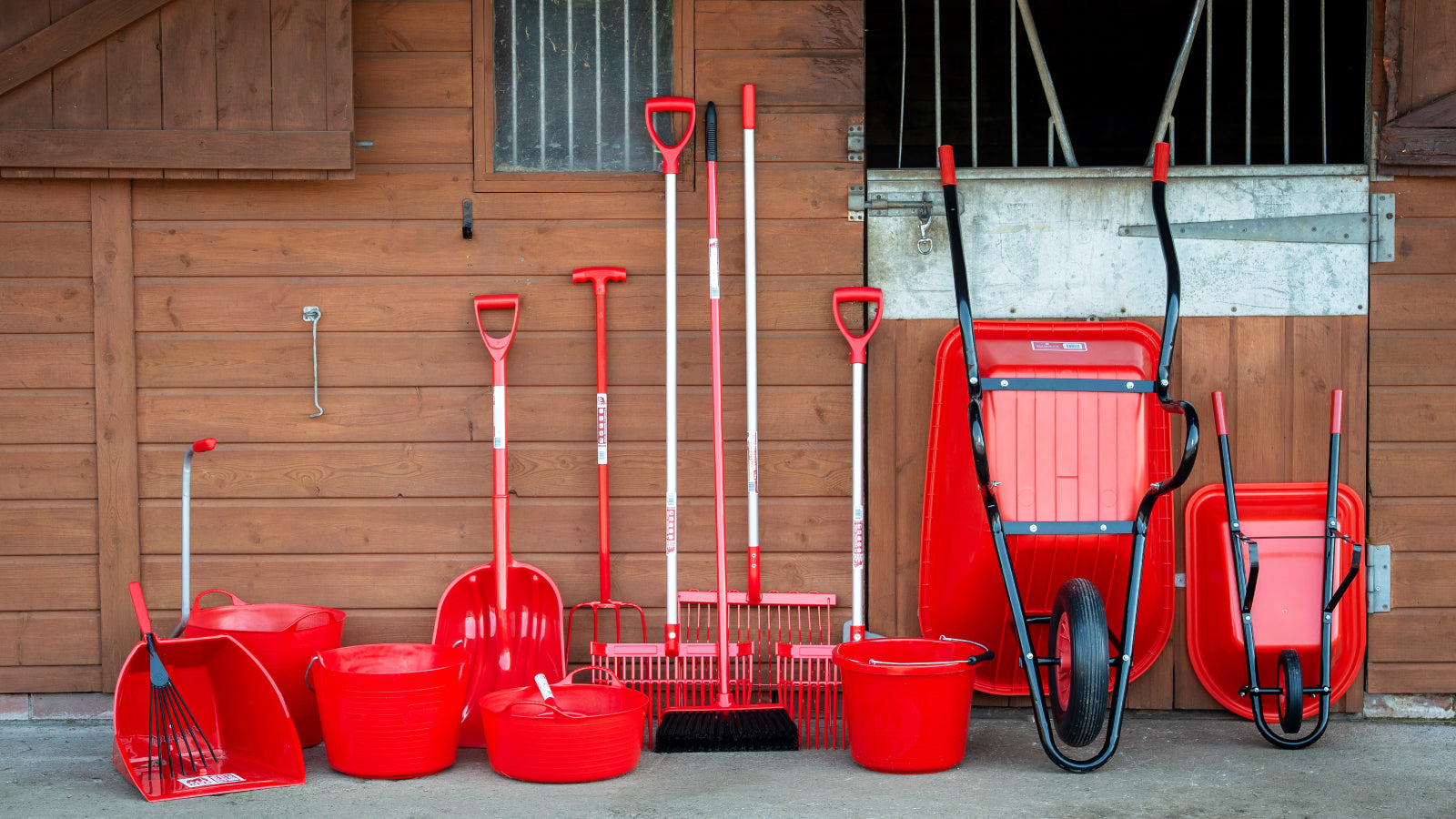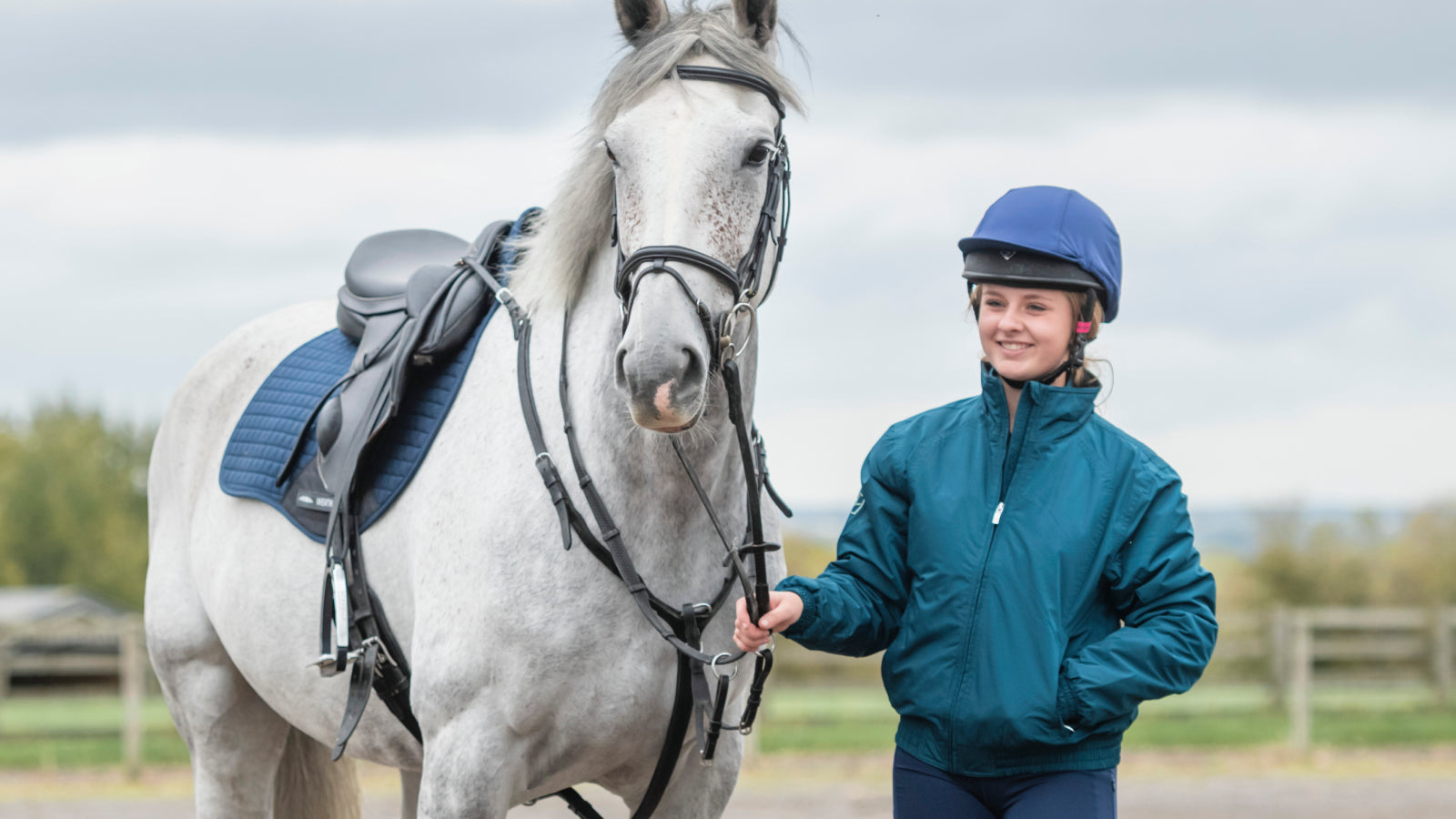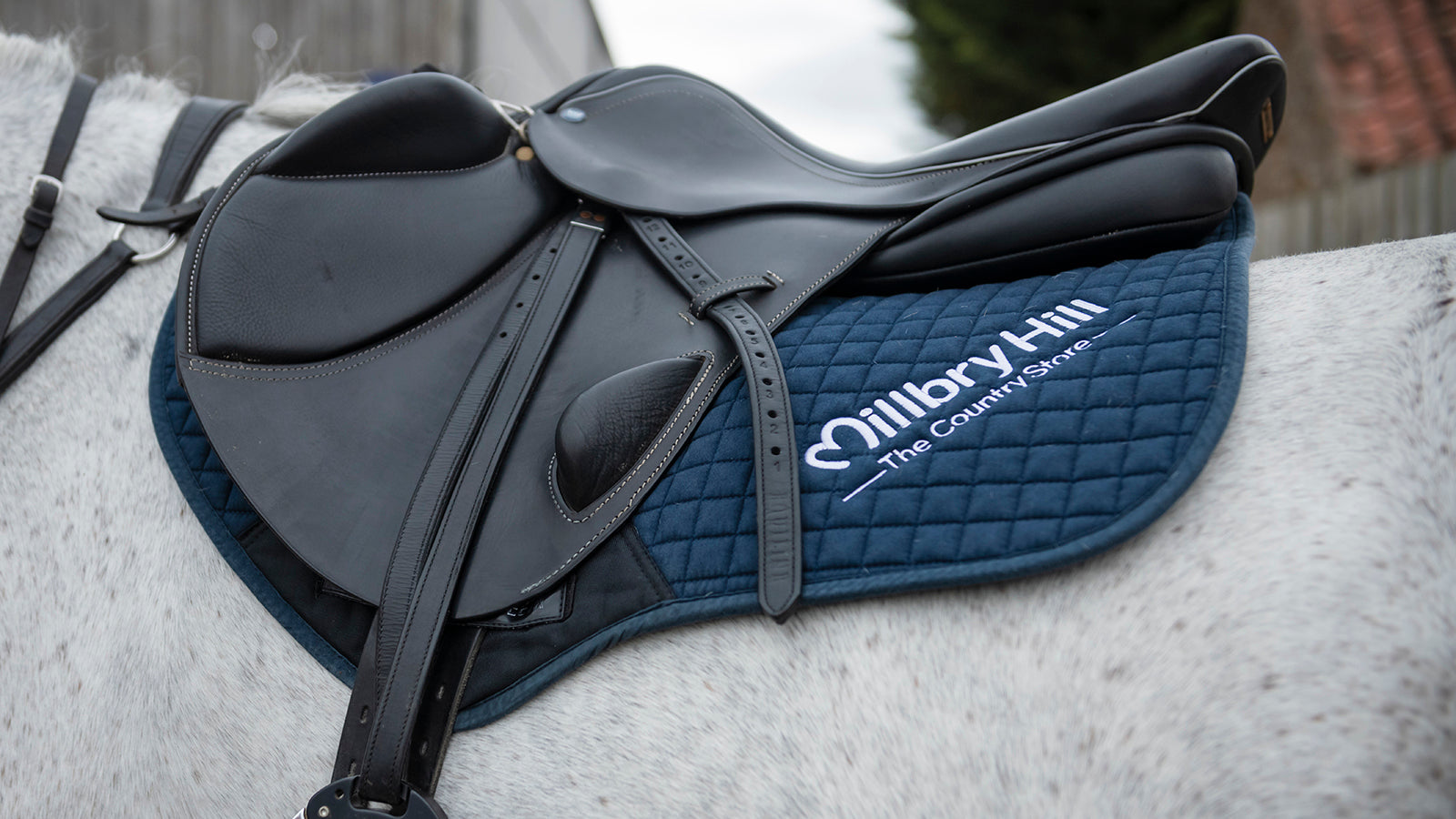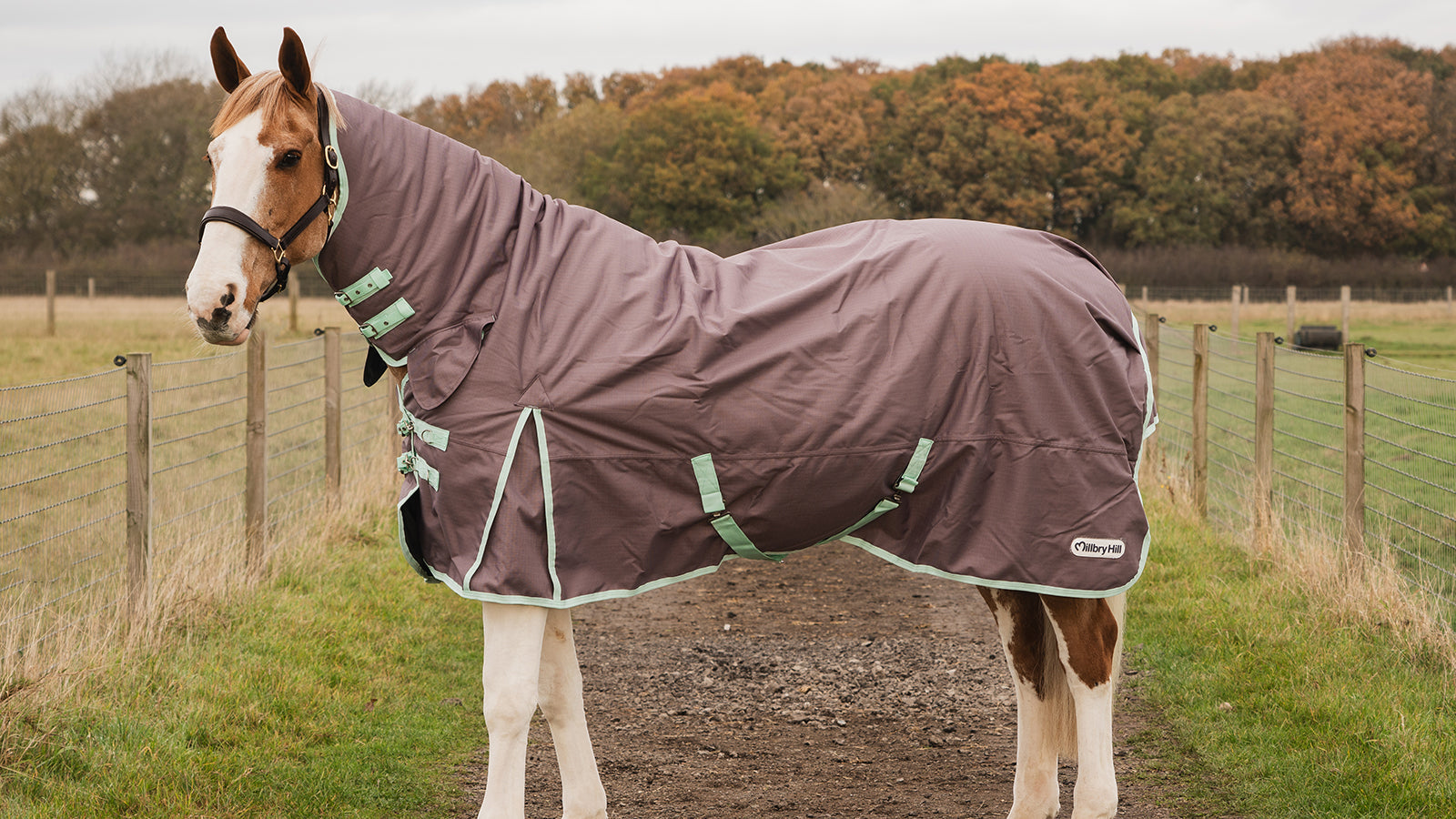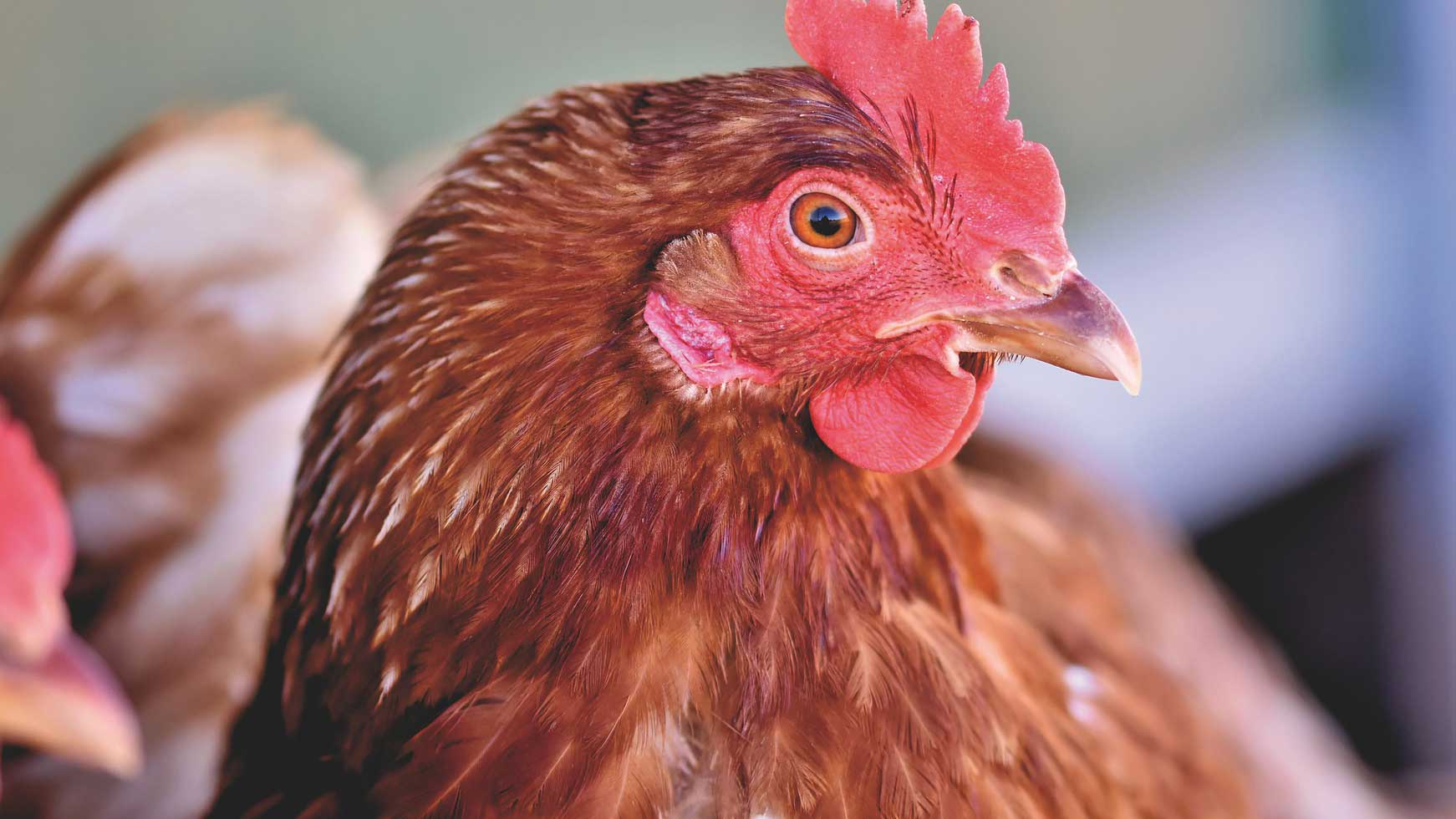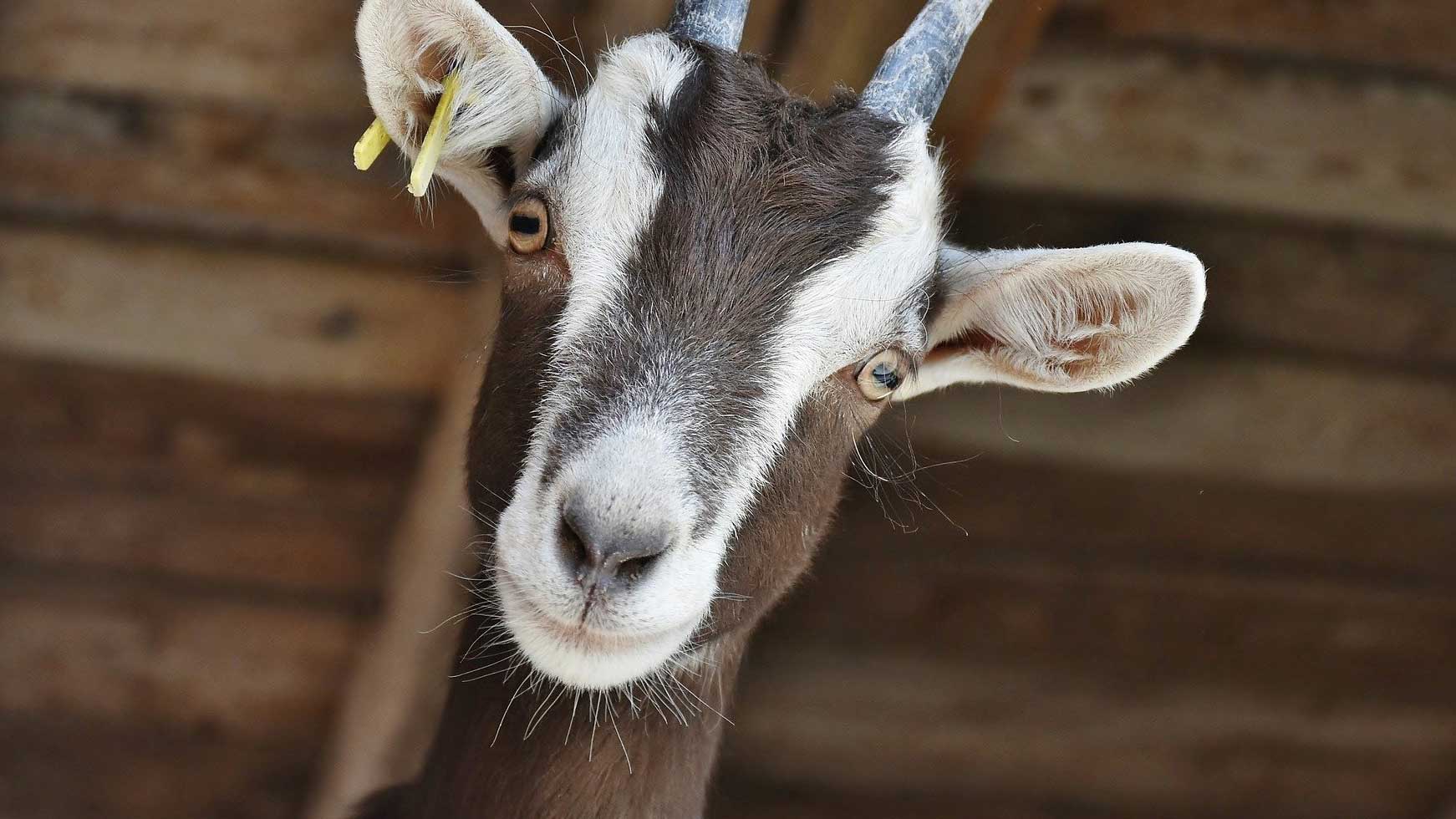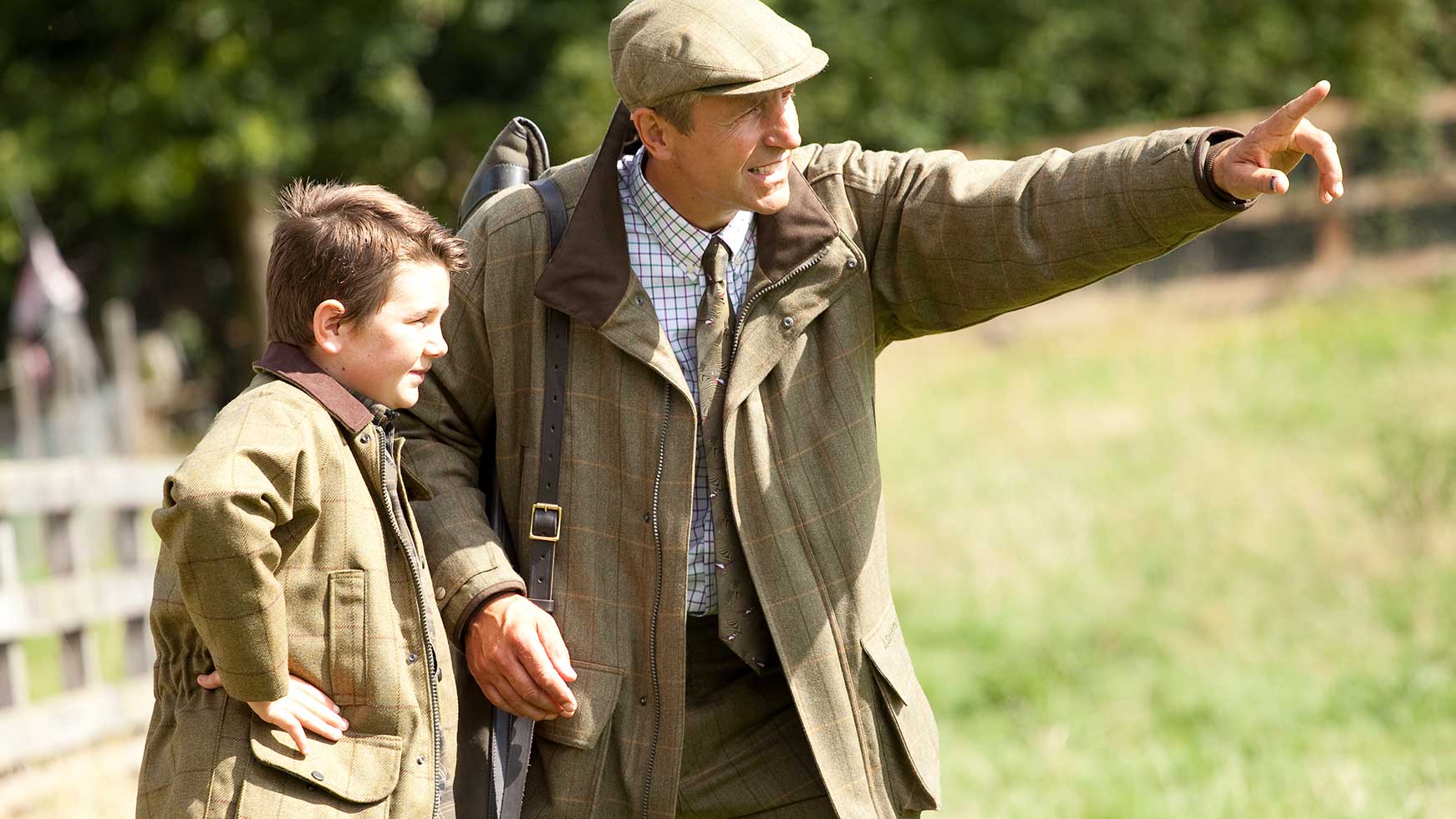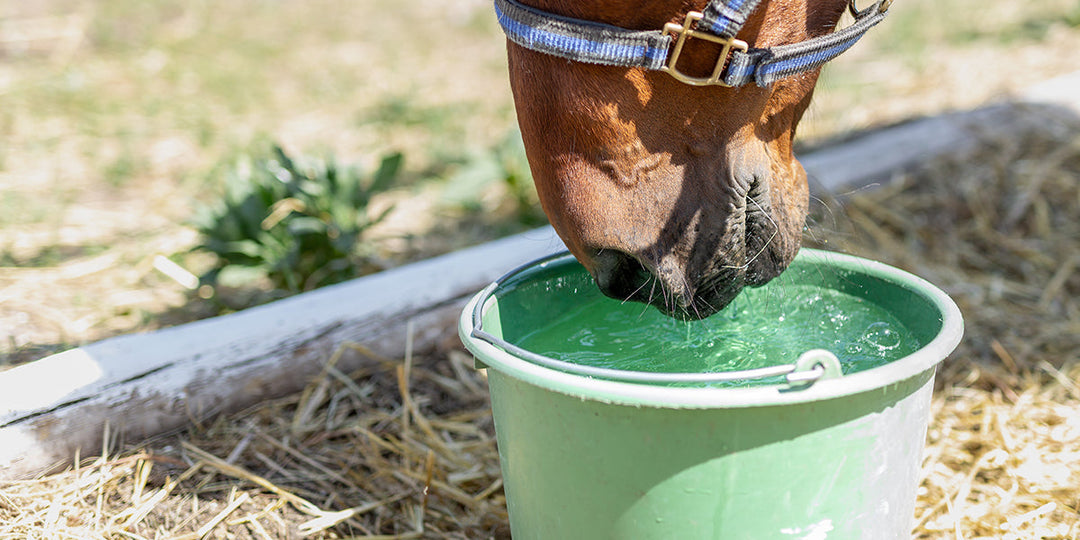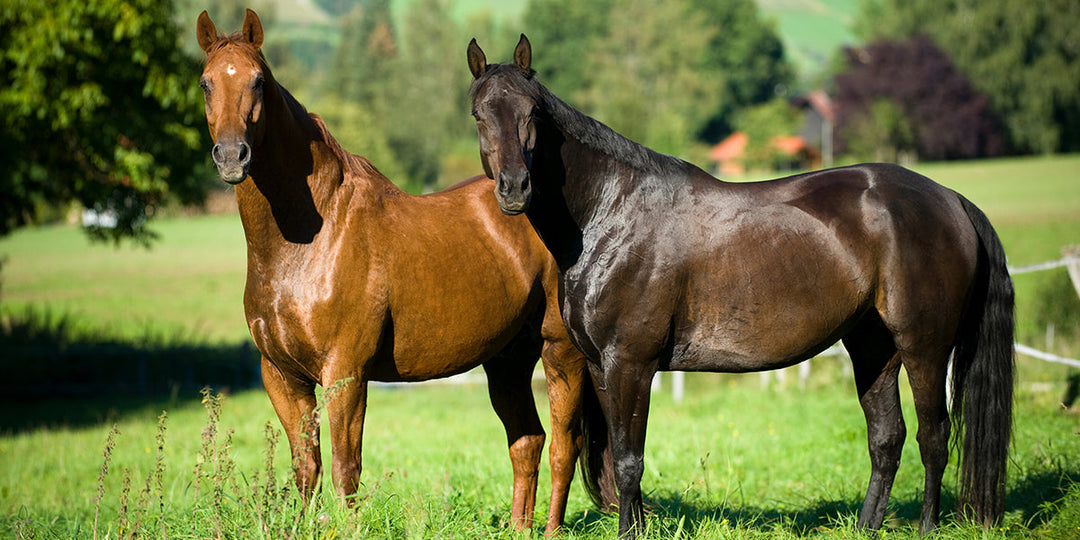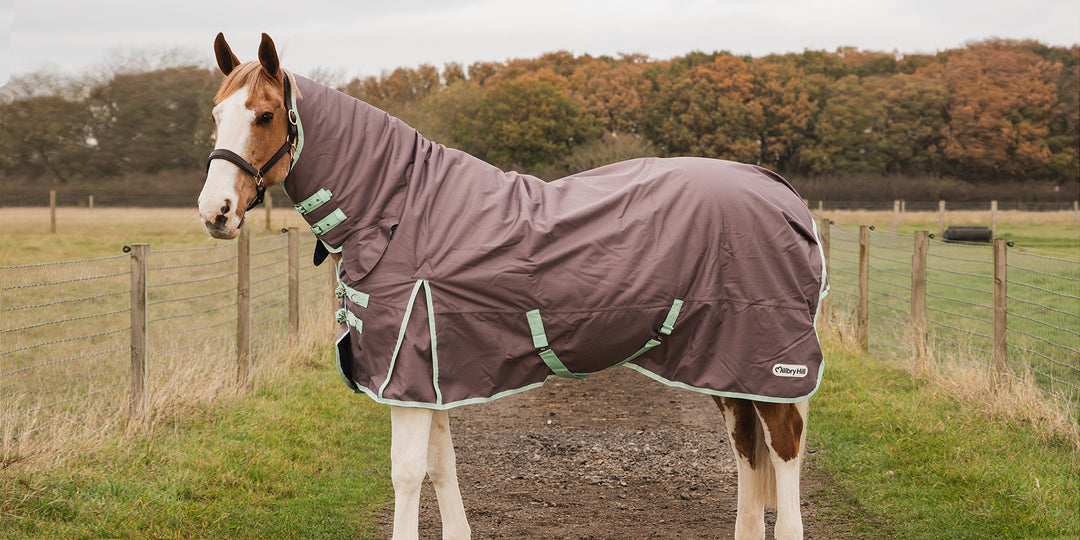Dressage for Beginners
What is dressage?
Dressage is the ability to show that yourself and your horse have the utmost control, and that you're able to get your horse to do what you want, when you want. You, as the rider, will be expected to perform your entire dressage tests to memory, and each movement will be marked out of 10. The judge will then decide how much they're going to award your marks, depending on the precision and fluidity of each transition and movement.
If you're a keen horse rider, without even knowing it, you've probably already started to perform some dressage. This will occur when you're hacking out and requesting your horse to do something, such as walk or trot.
What equestrian clothing do you need for dressage?
It's incredibly important that you choose the correct equestrian clothing to suit you, so your safety and comfort are both maximised. It's also vital that you buy from reputable retailers and brands, as this will help to ensure that everything you purchase fits all of the necessary safety standards.
The two main essentials you'll need are a well-fitted riding hat and a pair of riding boots with a smooth sole and small heels. We stock a range of styles for men, women, and children. It's also a good idea to pick out some riding gloves and whilst not manditory at competition level, a body protector can be a good investment.
When you're choosing a riding hat as a dressage beginner, it's best to stick with the 'traditional look', which essentially means picking out a black, navy blue, or brown designs. You can always use a hat silk to jazz things up whenever you feel like it.
Whenever you're competing, you will be required to wear a competition jackets, and this can be in any conservative colour in a muted tone (such as navy blue, black or tweed). We have styles for men, women, and children, which means you can ensure the whole family is prepared!
When choosing riding boots, you will have to decide whether you prefer a long or short style, and this will be entirely dependent on what you find the most comfortable. However if you are wearing short boots and gaitors, you should make sure these match to avoid losing marks in competiton. You're likely to find that designs can vary for men and women, as well as children.
Cream or white jodhpurs are an equestrian wardrobe essential, so it's a good idea to invest in a few pairs. There are also plenty of styles and fits to choose from, so make sure you browse our entire selection of men's, children's and ladies' jodhpurs. It might even be worth trying a few different kinds on so you can decide which ones work best for you.
As well as a competition jacket, you'll find that a stock shirt or shirt and tie will be required to complete your look when competing. This will ensure you look as smart as possible and should help you to feel your best while you're performing. Make sure you check out our ranges of competition shirt for men and women to see what you need to add to your wardrobe.
What riding equipment do you need for dressage?
When choosing the correct equestrian supplies and saddlery for your horse, it's easy to get overwhelmed as there is a lot of choice out there. But, if you start with the basics, you can add to your range at any point.
In our selection of horse bridles, you'll find those that are specially designed for dressage. It is important that your horse doesn't sport an ill-fitting noseband or bit, as this can have a detrimental effect on their performance. It is believed that the rider's hands are to have a conversation with the horse's mouth and, if the noseband and bit fit well, the conversation will be clear and subtle.
Horse bits are the most important part of a bridle and there are so many different kinds to choose from. Every horse is different and will require a different strength of bit. We would recommend starting with a snaffle, which is the weakest, and you can slowly increase the strength if necessary. With so many styles of bit available, make sure you are aware of the rules regarding bits at the competition you are attending, as not all horse bits are dressage legal.
Saddle cloths or numnahs are worn under the saddle, and for dressage competition should be predominantly white or cream, or a conservative colour. Subtle contrasting piping detail is permitted.
While horse boots and bandages bandages aren't allowed for dressage under British Dressage rules, they're often worn for training.
British Dressage have compiled a pictoral guide of approved tack and equipment for British Dressage competition, which can be downloaded from their website.
What should you expect from a dressage test?
The test is three minutes long, and it can seem incredibly nerve-wracking to perform your test from memory in front of a judge who is going to be watching your every move. But don't stress: we've got some tips that will help the whole thing seem like a breeze!
Firstly, make sure you learn your test at home. It might even help to draw out the arena on a piece of paper, so you can run through the dressage test with your fingers before it's your turn. Practising the test with your horse at home or with an instructor will also help to lodge everything into your memory. It will also help you to ensure you're comfortable with all of the moves, so every transition will be smoother.
On test day, it's important to stay calm and relaxed, because your horse will be able to sense if you're tense, which will ultimately affect their fluidity when it comes to the test. Remember to look up the whole time, too — it's very easy to look down at your horse's neck, but it will affect your posture.
What will the judges be looking for in your test?
The judge isn’t looking for anything ‘extra’, just that the test follows a rhythm, and each command is accomplished. It is important to remember when entering the arena at ‘A’ that the straightness of your entry is extremely important. This is not only because the judge is sat directly in front of you at ‘C’ and can therefore see any wobbles, but it also sets off the general feel to your entire test.
Additionally, when performing 20m circles, it is important that they are circular and not square, and your horse has a certain degree of bend. Accuracy is the easiest way of picking up marks, and this is something that can be easily practised at home.
Being on the correct diagonal throughout the test will also add to your marks. This shows you are in touch with your horse and can feel the movements.
When performing a halt, remember not to rush it. Although it may seem like you have been stood there for ages, it won’t seem like that to the judge. The best way to ensure you stand for long enough is to slowly count to 5. Preparing each of your movements beforehand helps with the fluidity, and also gives you chance to remember where you are in the test before getting in a fluster.
What are dressage arenas like?
Dressage arenas can either be inside, outside, on a surface, or on grass. It usually depends on the facilities the event has or the season. For example, you wouldn’t be asked to perform your test on grass in the middle of winter.
The dressage markers will be on the edge of the arena, defining the 20m x 60m space. These might seem daunting for your horse, so purchasing some and putting them up at home can be beneficial. Your judge will usually be sat in a car at the end of the arena at C. You are allowed to trot around the outside of the arena until the judge is ready, when they will either sound their horn, or blow a whistle.
After reading this, we hope that you are feeling confident in what you are going to wear, what saddlery and equestrian accessories your horse will need, and the necessary training beforehand.
It’s not actually as hard as you thought, right? Good luck and enjoy!





